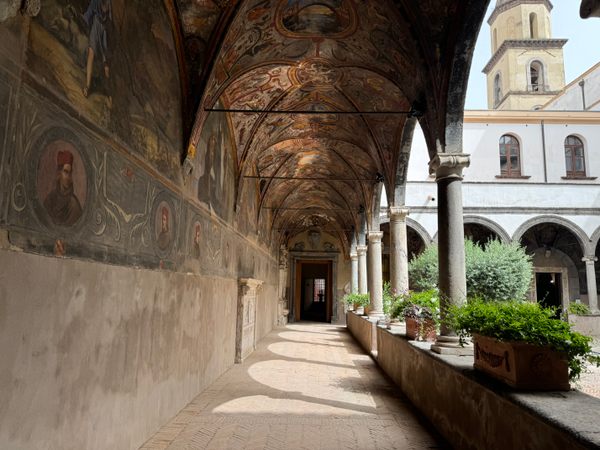Is the tomb of Vlad the Impaler, the basis for Bram Stoker’s character Dracula, actually located in the cloister of a 13th-century church in the center of Naples? Some researchers believe so, and the church that hosts the tomb, Santa Maria di Nova, happily promotes the connection.
The beheaded body of Vlad the Impaler was traditionally believed to have been buried in a monastery on the island of Snagov, near Bucharest. So what’s the basis of the extraordinary claim that Vlad’s remains are actually in Naples?
For one, no human remains were discovered in the Snagov tomb—only animal bones. Secondly, according to researcher Raffaello Glinni, a daughter of Vlad the Impaler may have been living in exile in Naples, and thus could have had her father’s remains buried there. Third, the ornate dragon and knight’s helmet carved into the tomb’s façade could represent the Order of the Dragon, to which Vlad’s father belonged and from which Vlad received his sobriquet “Dracula” (son of the dragon). There is also an encrypted epigraph behind the tomb that has yet to be fully deciphered, but two decrypted words suggest a connection to the Impaler: “Blad” and “Balkans.”
It remains a promising but unproven hypothesis whether the tomb is truly that of the legendary vampire. Regardless, the tomb itself is striking, and the 5 euro entrance fee also grants access to the painted cloister and Church of Santa Maria di Nova, which also contains the body of 15th-century Italian saint James of the Marches, among other things.

